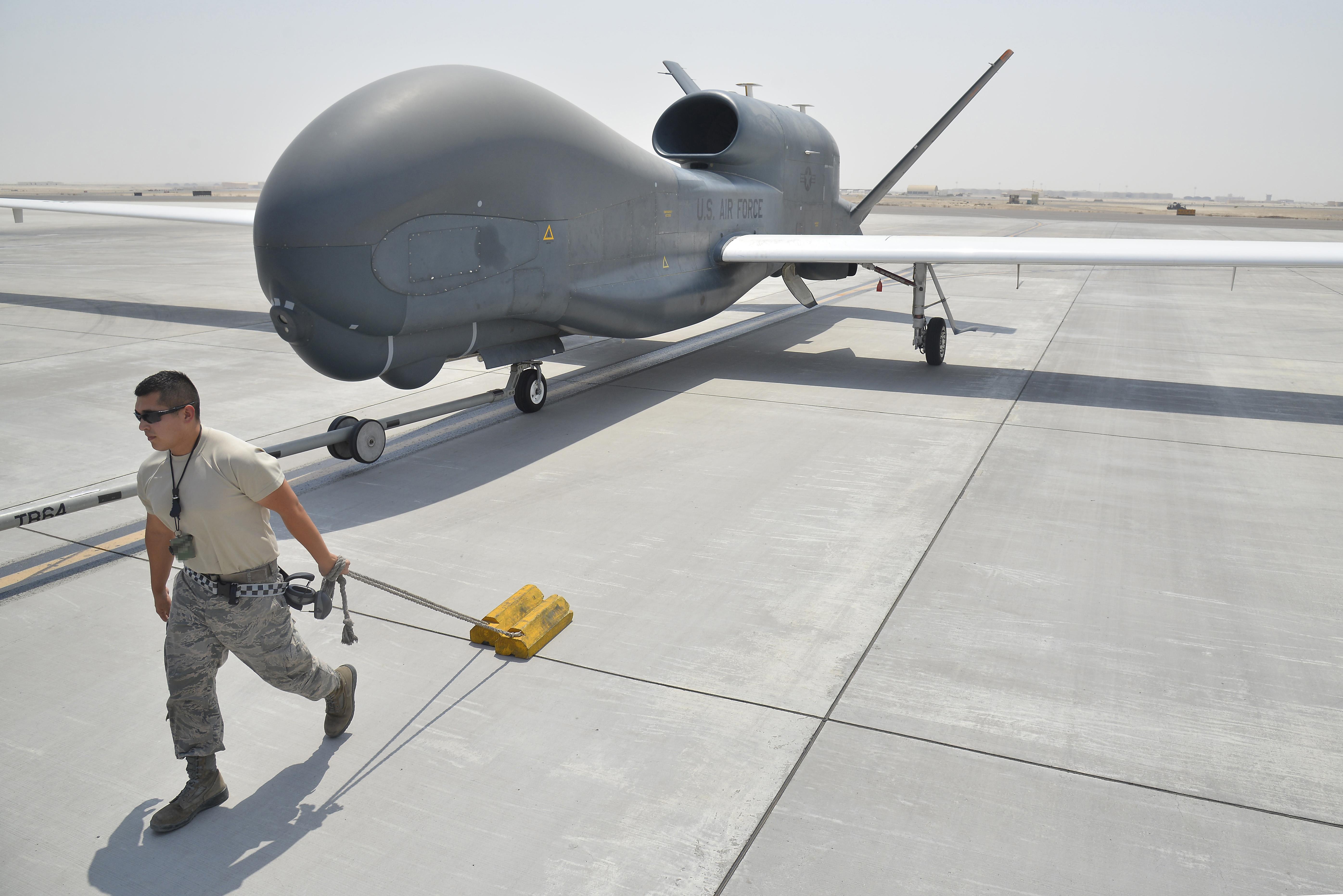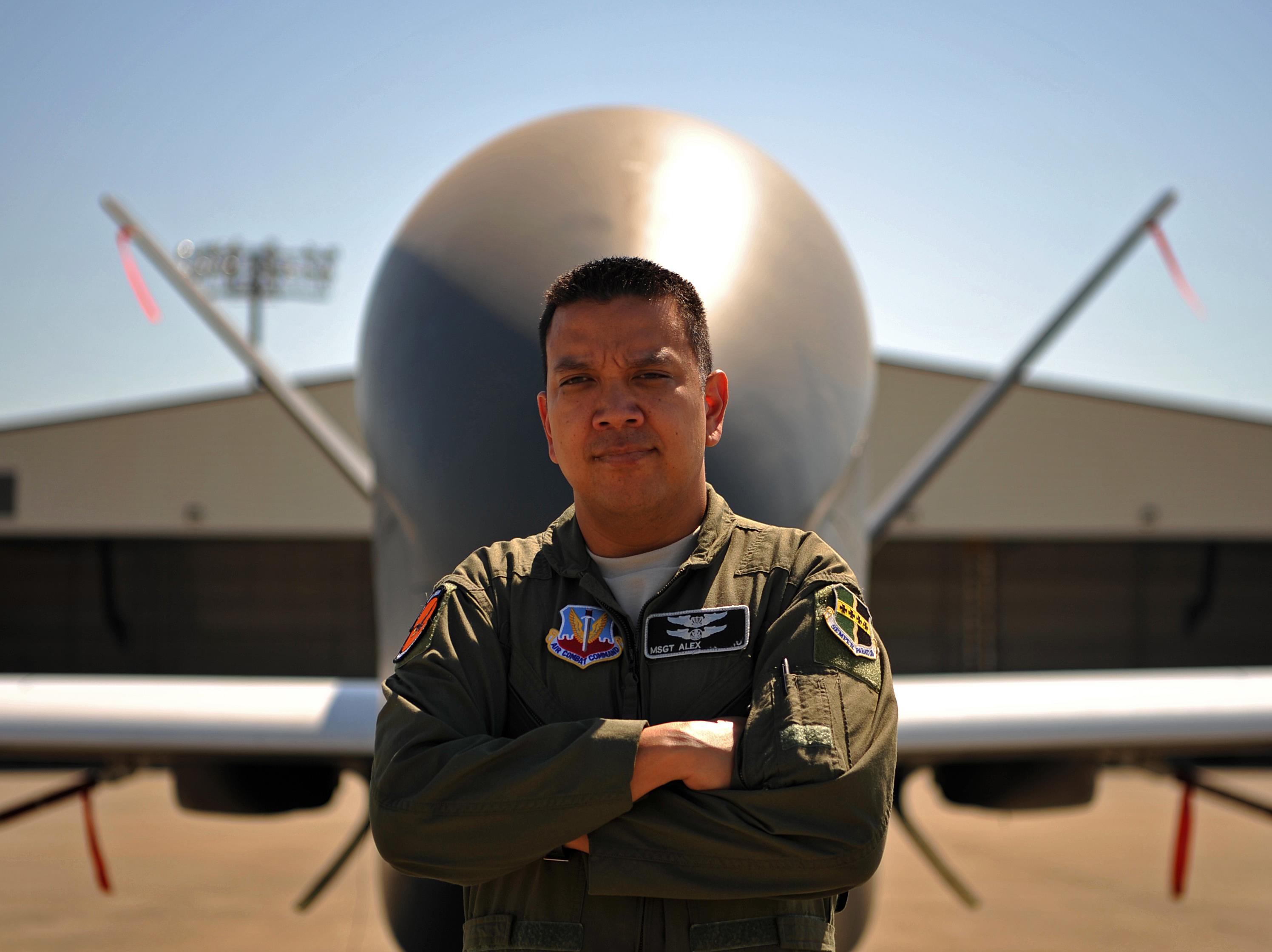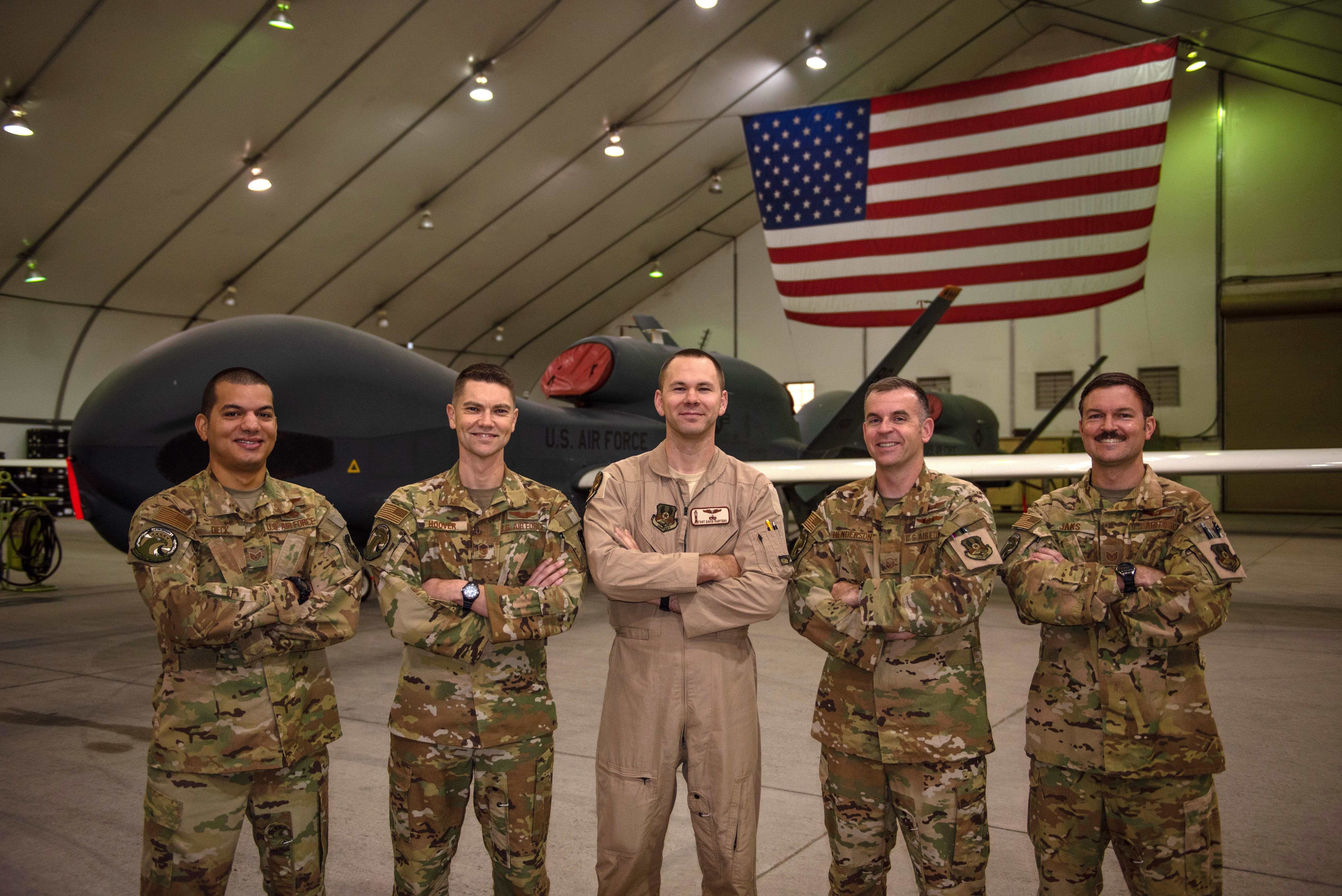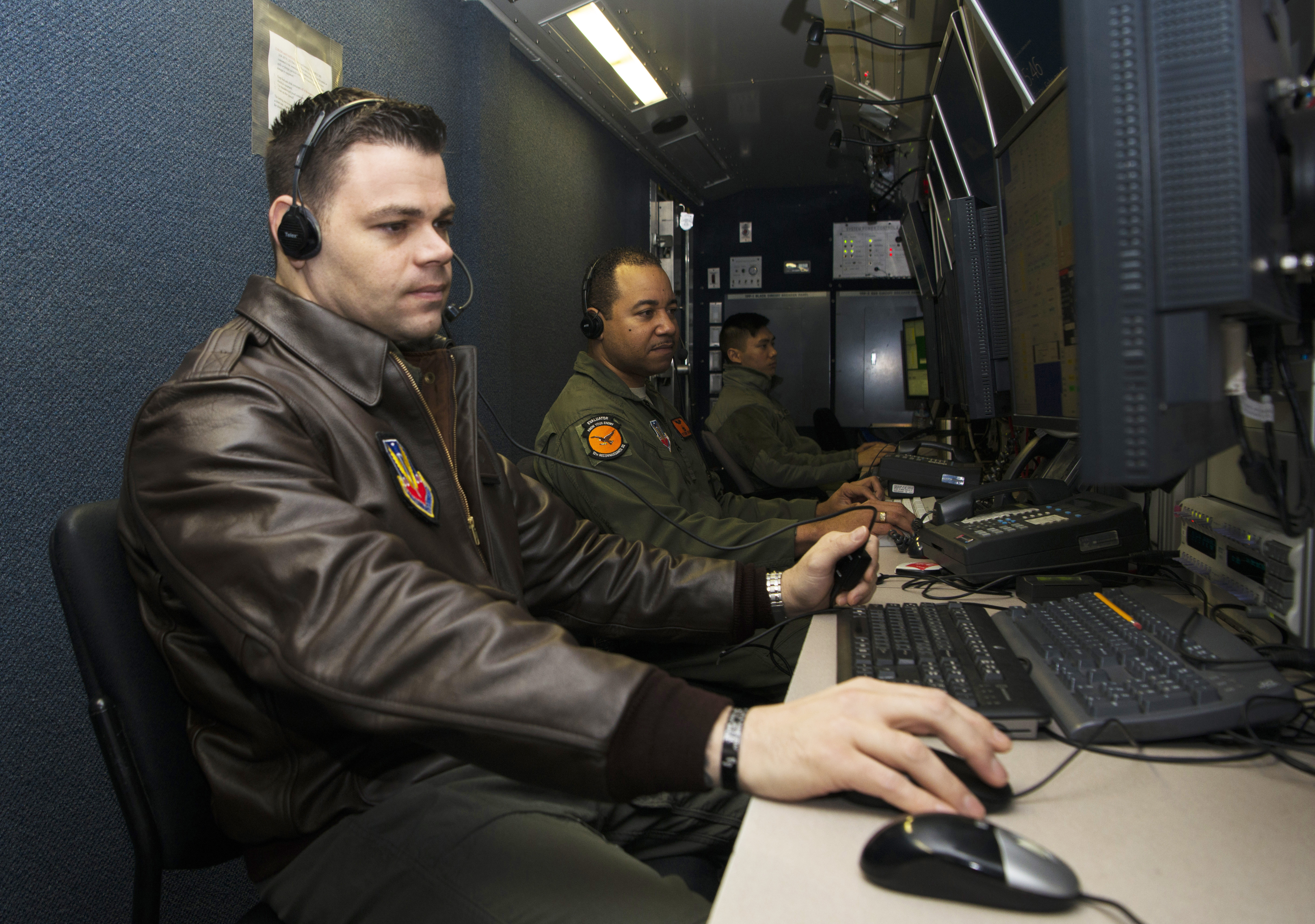The U.S. Air Force is poised to make a dramatic about-turn on its decision to have enlisted pilots ‘fly’ (it’s a semi-autonomous system) RQ-4 Global Hawk reconnaissance drones. Four years into a much-heralded experiment to have noncommissioned ranks operate the high-flying unmanned aircraft systems, the service is now looking to return those enlisted pilots to other roles.
Rachel S. Cohen of Air Force Times
reported yesterday that Chief of Staff Gen. Charles ‘CQ’ Brown, and Chief Master Sergeant of the Air Force JoAnne Bass jointly wrote a letter last week calling for the change. That decision, if taken, will affect the careers of around 75 enlisted airmen currently operating the RQ-4. That number of some way short of the original target of 100 enlisted drone pilots by 2020.

Once again, it needs to be emphasized that the plan is not yet set in stone, but the fact the Air Force boss and its highest noncommissioned officer are pushing for the change is highly significant and it’s a message clearly aimed at enlisted pilots to provide some indication of what might come next.
“Enlisted [drone] pilots deserve to hear directly from their leaders on the current status of the program so they can make informed decisions regarding future service options,” Master Sgt. Jarad Denton, a spokesman for Bass, told Air Force Times.
Under the Brown-Bass proposal, at least some of the enlisted airmen from the RQ-4 community would have the chance to continue operating the drones, but only after going through the officer training pipeline and receiving their wings. For those who want to continue enlisted careers, new posting options will include flight engineer, aircraft loadmaster, refueling specialist, and others. Another option would be to return to the job they did before becoming drone pilots.
The latest move is a major turnaround compared to the Air Force’s previous official position. As recently as August, Bass was talking about expanding the community of enlisted drone pilots.

“Enlisted pilots have proven themselves to be masterful in piloting [drones],” Bass said at the time. “I think if given the opportunity, they can continue to do that and more. We are shaping out what that looks like.”
Originally, the enlisted pilots had been introduced to the RQ-4 enterprise in 2017 as a way of helping meet the growing demand for the intelligence-gathering asset from combat commanders, not only in the Middle East and Southwest Asia, but also in the Asia Pacific region, in Europe, and elsewhere.

For the Air Force, it was the first time since World War II that its aircraft were flown by pilots that were not commissioned officers. With the outbreak of that conflict, to meet an urgent demand for qualified pilots, enlisted airmen were allowed to earn their wings. That opportunity was only brief, coming to an end with the Flight Officer Act in 1942.
A milestone RQ-4 mission flown out of Al Dhafra Air Base in the United Arab Emirates in September 2019 demonstrated the practicality of the experiment, as an all-enlisted crew operated the aircraft downrange.
“Enlisted or officer, the responsibilities of the pilot are the exact same — safe and legal operation of the RQ-4 in international and national airspace,” said Master Sgt. Michael in an Air Force news release at the time. “We are all trained and expected to demonstrate proficiency at all times. There’s no difference between ‘us and them.’ We are pilots, plain and simple.”

Since then, however, the Global Hawk’s fortunes have changed, with another attempt by the Air Force to do away with at least a significant portion of the drones. The service’s current plans call for the removal of 24 Global Hawks from the current inventory of 31 during the 2022 fiscal year. The drones in question are the older Block 20 and 30 models, which would leave just the RQ-4 Block 40s to conduct the high-altitude surveillance mission.
Rather than retiring the Block 20 and 30 drones, the Senate Appropriations Committee recommends they should instead be adapted for other non-frontline missions, including as surveillance platforms to monitor hypersonic missile tests. You can read here about how the first of the drones are being reworked as Range Hawks.

As The War Zone
has examined on more than one occasion in the past, the Air Force is already looking beyond the Global Hawk and toward stealthy ‘penetrating’ surveillance platforms that would be able to survive in contested airspace.
Whatever the Air Force has waiting in the wings to conduct these missions, in conjunction with satellites as well as other ‘distributed’ sensors, the fact is the Global Hawk is edging toward the exit. Under current plans, the Air Force will be left with just seven of the more capable RQ-4 Block 40s by the end of 2022.

Since having enlisted pilots operating the RQ-4 was always billed as an experiment, despite its apparent success, it was always a likely candidate for the ax, if the situation regarding the platform it is based around changed.
Clearly, a smaller RQ-4 fleet reduces the requirement for airmen to operate them, making the enlisted pilot experiment essentially redundant. With the service now apparently set on scrapping this crew concept alongside a downsizing of the Global Hawk fleet, it’s unclear whether we will see enlisted airmen fly Air Force drones again in the future.
Contact the author: thomas@thedrive.com
